Growing any type of plant is frustrating, especially fruits and vegetables that you’re hoping to harvest and share. If you’re tired of staring at dirt, waiting for seeds to sprout, consider switching to a hydroponic system.
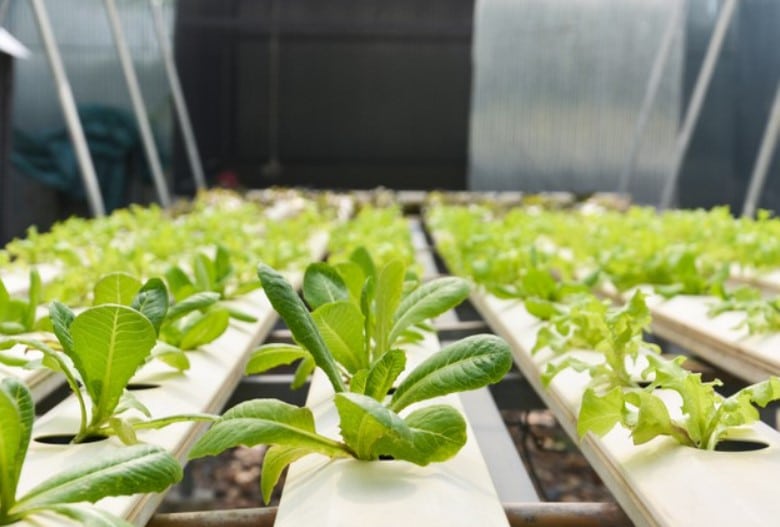
Hydroponic gardening produces results about 20 to 30 percent faster, so anything you plant, you’ll get to enjoy sooner. That said, there are some hydroponic plants that grow particularly fast. Let’s take a look at the best options for when you want the fastest results possible.
Table of Contents
Top 10 Fast-Growing Hydroponic Plants
Hydroponics are generally a faster way to grow plants for many reasons.
First, you have better control of the plant’s environment since you’re managing the pH level of the water and all the available nutrients. Add an air pump and an air stone to aerate the water, and you’re set.
Second, hydroponic plants have no competition. They’re not fighting with nearby seedlings or weeds for nutrients, so they’re able to grow much faster.
Third, if you maintain the system properly, there’s a much lower chance of pests and disease. Plus, because everything is controlled and closely monitored, you can stop any problems as soon as you notice them.
Now that we touched on why hydroponic plants in general grow faster than those in soil, let’s look at what plants you should choose if you want something that grows exceptionally quickly.
1. Lettuce
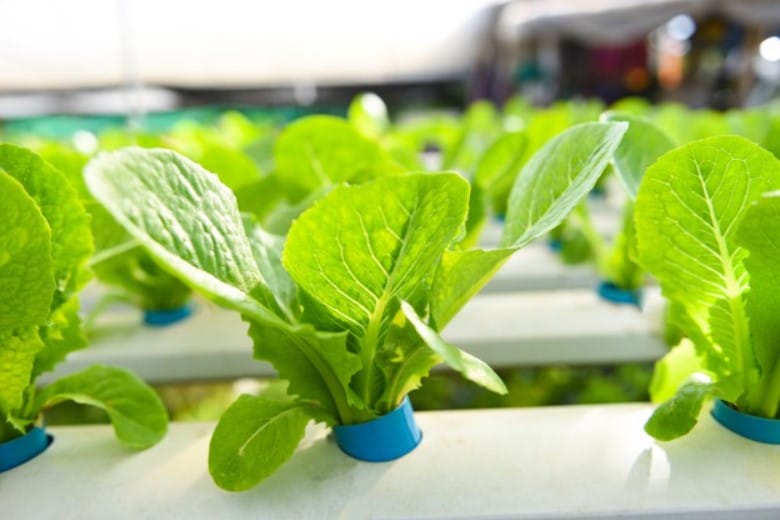
Lettuce is a popular choice for hydroponics systems, in part because it grows so quickly. Butterhead lettuce does particularly well in a hydroponics system, though most varieties result in a high yield, including romaine, bibb, and endive. Most varieties are ready to harvest in about three or four weeks.
2. Watercress

Watercress is an aquatic plant, so it’s no wonder it does so well in a hydroponic system. Something really great about this green leafy plant is that it’s so easy to propagate, from seeds or cuttings. Watercress is ready to harvest in about 15 to 20 days.
3. Beans
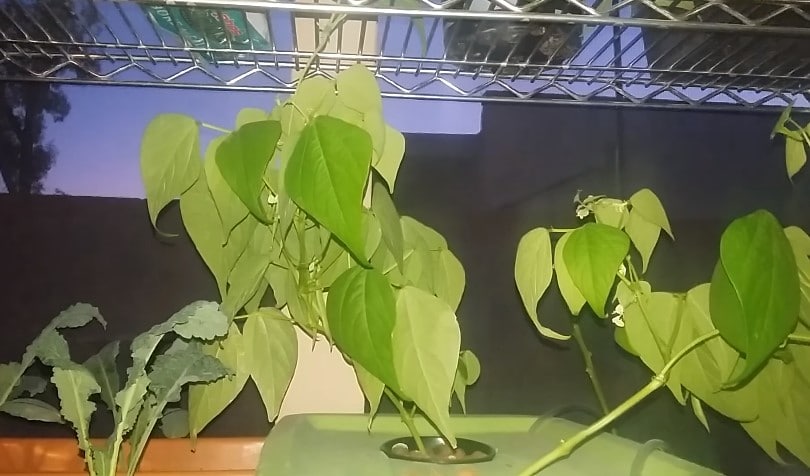
You can grow a variety of beans using hydroponics, like green beans, lima beans, pinto beans, and pole beans. Note that some beans require a trellis or some other type of support because they vine. Seeds usually germinate quickly and are ready for harvest much more quickly than in soil. Expect to be able to harvest in as little as 40 days.
4. Chives
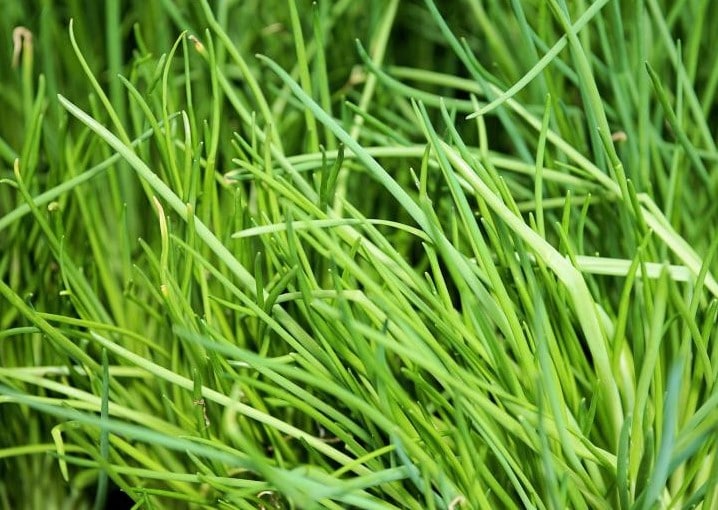
Some herbs grow really quickly using a hydroponic system, too, including chives. If you start from a seedling, chives take about 45 to 60 days to be ready for harvest. Then, just cut off the top and the plant will replenish itself from the bottom. Just make sure that your chives get between 12 and 14 hours of bright light every day.
5. Tomatoes

Tomatoes are another great choice for hydroponics, as long as they get adequate light. They’re not as fast as some of the other options on our list, but once your tomato seedlings reach about eight inches, you only need to wait about another six to eight weeks to harvest the fruit.
6. Cucumbers

Cucumbers are mostly water, which is part of the reason why they grow so well in a hydroponic garden. Seeds usually germinate within three to ten days, and the cucumbers are ready to harvest after as little as 50 days.
7. Scallions
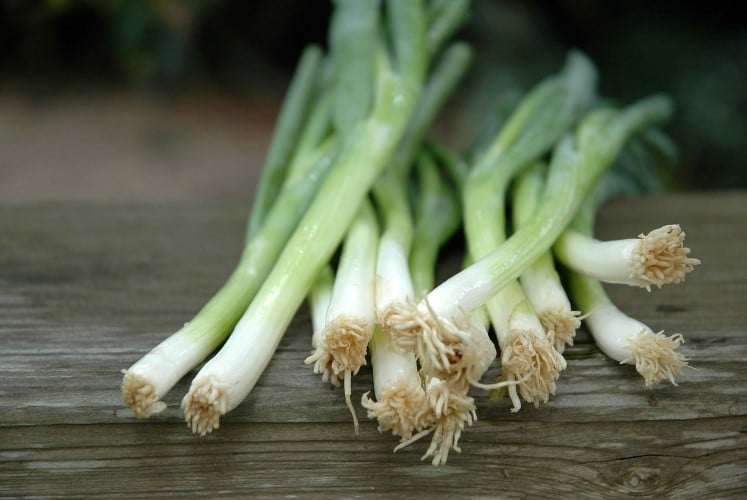
Hydroponic scallions or spring onions can be used in many types of dishes and grow quickly. A single plant puts out a lot of shoots, and they replenish themselves when cut from the top every three or four weeks.
8. Spinach
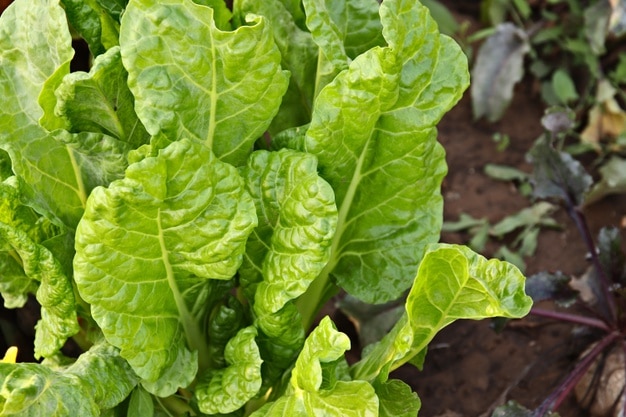
Spinach is a great choice for hydroponics. It thrives in a moist environment, and you can plant a lot of them close together, increasing your yield. If you start it from a seedling, spinach grown in a hydroponic system is ready to harvest in as little as two weeks.
9. Basil

In a hydroponic system with ideal conditions, basil is ready to harvest in as little as 28 days. Basil is a little trick to grow and likes about 14 hours of light every day as well as space to spread out as it matures. Other fast-growing hydroponic herbs include chamomile, rosemary, oregano, dill, and anise.
10. Radishes
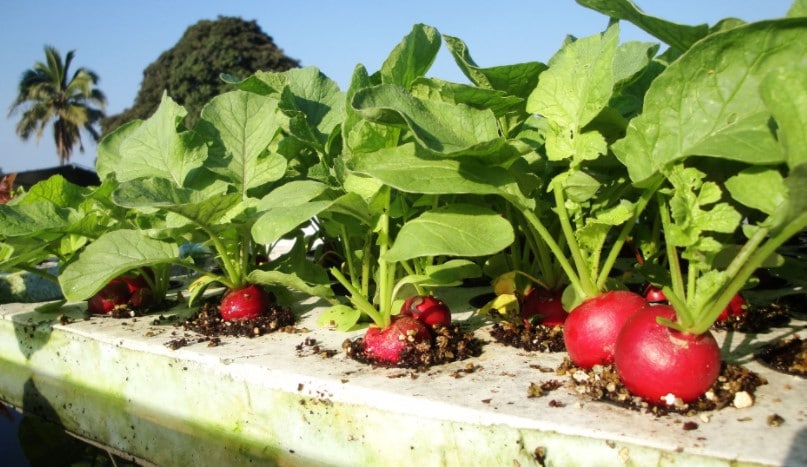
Radishes are another hydroponic plant that grows quickly. For best results, sow them from seeds and transplant them to the hydroponic system when the seedlings grow. This usually happens pretty fast, sometimes in as little as a week. Then, wait about a month and you’ll see red root vegetables, ready to harvest.
Smart Tips for Growing Hydroponic Plants Faster
When done correctly, hydroponic gardening produces higher and faster yields for just about any plant. So, the best tips for growing hydroponic plants faster relate to making sure you’re doing hydroponic gardening the right way.
Here are some tips to keep in mind:
1. Use the right nutrients. Hydroponic nutrients aren’t exactly the same as the nutrients used when growing plants in soil. The soil itself contains many micronutrients, so they’re not included in regular plant fertilizer. For hydroponic gardening, you can only use hydroponic fertilizer.
2. Monitor pH carefully. Plants can only absorb nutrients from the water when the pH is in the right range for the plant. Even if the nutrients in the water are perfect, the plant will not be able to use them if the pH is out of range. Checking the water’s pH is one of the most important parts of hydroponic gardening, so invest in decent pH test strips and make sure you understand how to adjust the pH when needed.
3. Water appropriately. Watering in a hydroponic system can be tricky because it depends on the plants, growing media, set up, temperature, plant size, humidity, and more. There’s no simple answer. Generally, the roots need just enough water to support the leaves.
The growing media plays a very significant role in this. Some options hold more water, like coconut coir, vermiculite, and Rockwool. Others, like clay pellets and gravel, do not.
4. Use the right size reservoir. If the reservoir is too small, you’ll run into a number of problems down the line, like pH swings, nutrient fluctuations, and changes in temperature. The best approach is to use a reservoir that’s big enough for the plant to grow into. This is the opposite of what you’d do in soil, but it’s the best way to avoid stress throughout the hydroponic growing process.
5. Use good quality water. Water quality is extremely important for hydroponic systems, so start with something of good quality right from the beginning. Filtered water is the best choice. Tap water can be especially damaging in a hydroponic system as it might be loaded with chemicals, minerals, and pathogens that can damage your plants.
6. Supplement lighting when needed. Natural light is best. If your home doesn’t have enough natural light, you will need to supplement with a grow light. How much light plants need varies drastically depending on the variety, so research whatever you’re planting so you know you get it right.
7. Maintain the right water temperature. Aim for a water temperature between 68 and 72 degrees F, though you can deviate a little from this on either end. If the water hits the 80s, it’s an ideal home for bacteria and other pathogens and can stress the plant. Low temperatures aren’t as destructive but will stunt the growth of the plants.
8. Quarantine new plants before adding them to your garden. Quarantining new plants is the best way to ensure that they don’t have any pests or diseases. It ensures that the new plant doesn’t introduce anything damaging to the environment.
9. Monitor root health carefully. If the roots aren’t happy, they aren’t going to be able to absorb nutrients properly. Luckily, the roots are pretty easy to monitor in a hydroponic system.
Conclusion
As you can see, there are many options when it comes to fast-growing hydroponic plants. Some of them are ready to harvest in as little as three or four weeks!
Remember, hydroponic plants generally grow faster than those planted in soil, so anything you choose to grow hydroponically will be ready much faster than it would have you used soil instead.
There are a lot of reasons for this, but they all boil down to the fact that the growing environment is so well controlled. Follow our tips to make sure your plants have the ideal temperature, lighting, pH, and nutrients, and you’ll be harvesting your hydroponic garden in no time.







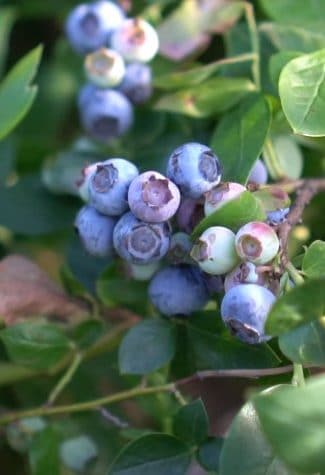

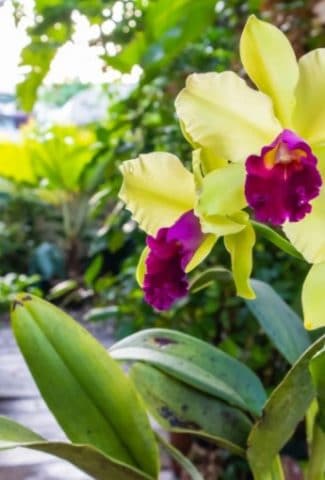
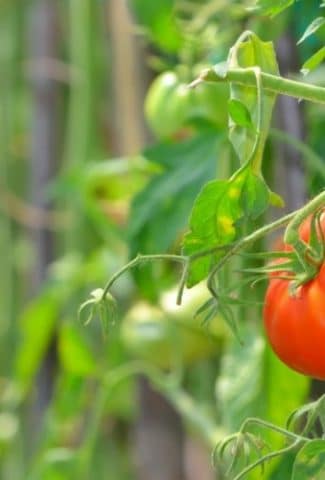
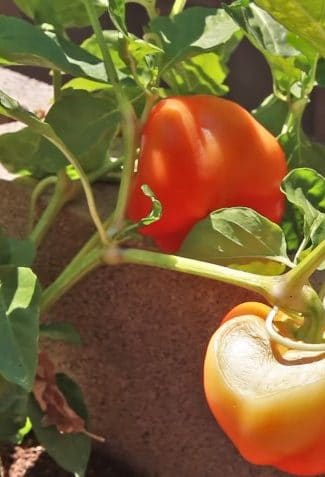
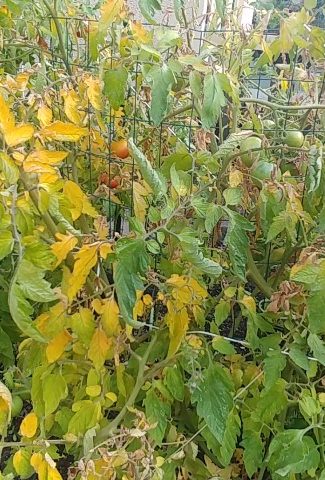
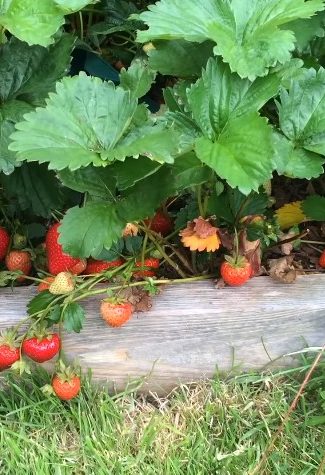
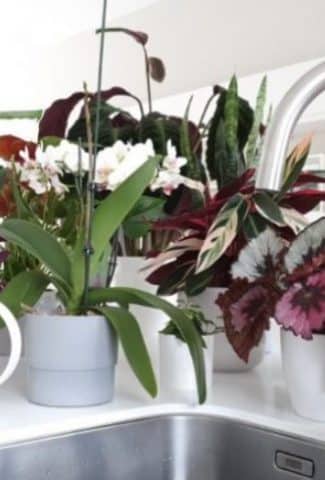
Leave a Reply